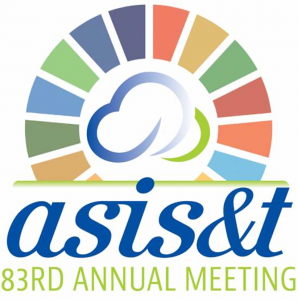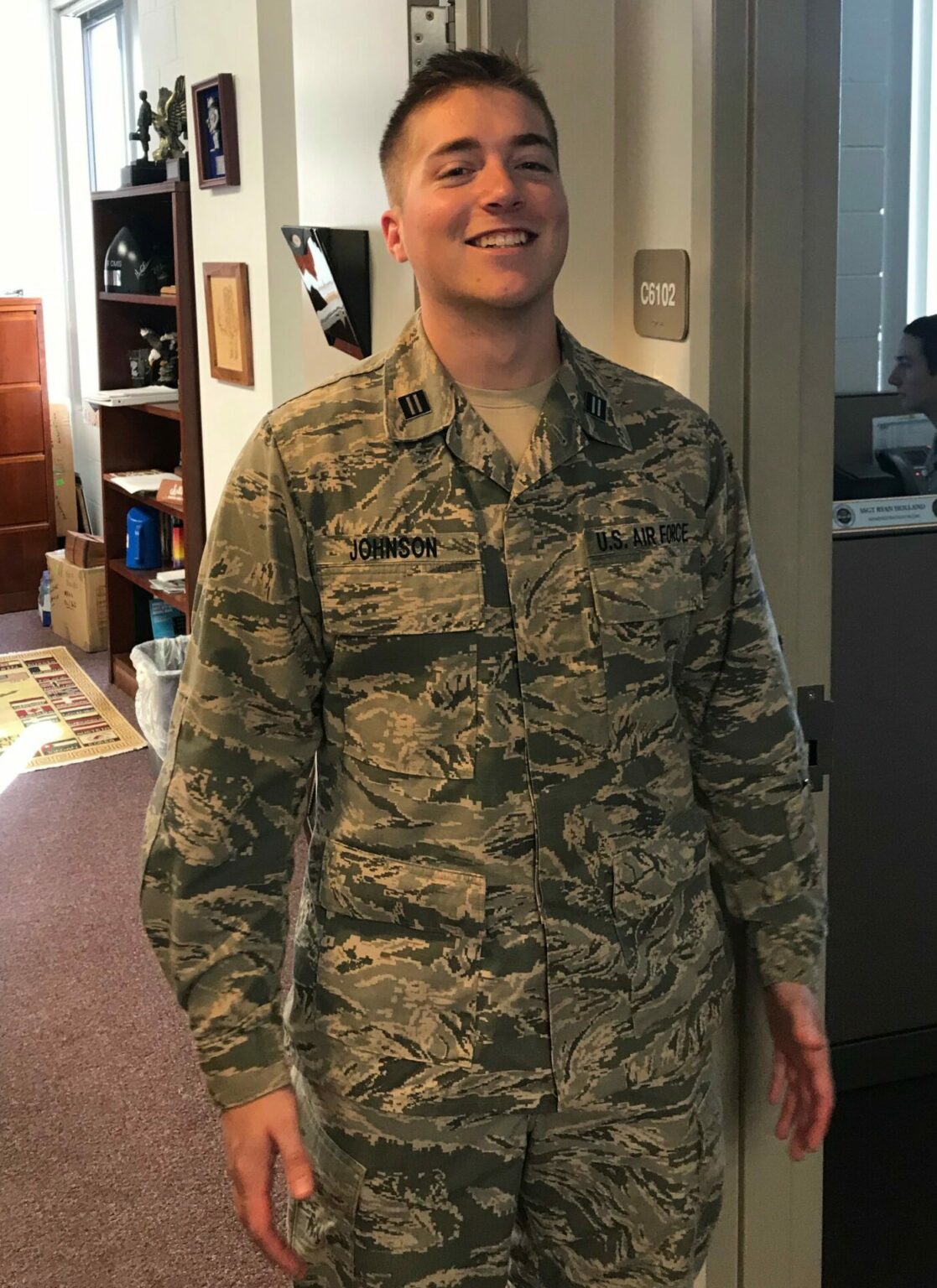

An ardent abolitionist, Mary Miles dedicated most of her life to the movement, working with her husband, Henry Bibb, an escaped slave and abolitionist. After graduating, she went on to teach in Ohio, New York State, and Boston. She was also the first African-American graduate of any public teachers college in America. In 1843, Mary Elizabeth Miles became the first African-American student to graduate from the Normal School at Lexington. Two of these graduates included Mary Swift Lamson, a teacher in the newly-conceived education of the blind and deaf (Perkins School for the blind), as well as a co-founder of the YWCA in Boston, and Rebecca Pennell Dean, who in 1853 at Antioch College became the first female college professor in the United States. In 1840, the first class of twenty-five women graduated from the Normal School. As part of the curriculum he set up, a model school was created as a practicum for the future teachers. It was his enlightened leadership that established the mission of the Normal School. The Reverend Cyrus Peirce, a Unitarian minister and hard-working educator, was the first Principal at Lexington. The Normal School began in a building that still stands today on the northeast corner of Lexington Common. While the other two normal schools that opened later in 18 – Barre (now Westfield State University) and Bridgewater (Bridgewater State University) – accepted male and female students, the Normal School at Lexington set another precedent by being the first public women-only teachers college. In 1838, three normal schools were legally established in Massachusetts on a three-year experimental basis, and in 1839 the first of these opened in Lexington (now FSU). Edmund Dwight, a wealthy philanthropist from Boston, gave the fledgling schools ten thousand dollars, matched by the Legislature, for equipment and instructional expenses. The Board’s first Secretary was Horace Mann, an enthusiastic advocate for establishing the normal schools.

Frequently cited in the argument for these schools were examples of established, successful normal schools in Europe.įinally, in 1837 the Massachusetts Legislature passed a bill that established the State Board of Education.

Throughout the 1820s and 1830s, campaigns for normal schools to train teachers became more and more part of the political dialogue. Poorly trained teachers, incapable of properly educating students, could not teach the principles that would produce knowledgeable and valuable citizens in the young Republic.
Ischool fsu free#
While young people of the upper social strata could receive quality educations at private academies and universities, students who came from the middle and working classes and who attended free public schools received little or no education. The Normal School, as it was known, came about due to the chronic need in an expanding United States for professional-quality teachers. (L-R) Sarah Wight 1842, Eliza Rogers 1841, Mary Swift 1840Īll three taught at the Perkins School for the Blind This school, the first state-supported school dedicated to training teachers in America, would one day become Framingham State University. On July 3, 1839, three young women braved a fierce thunderstorm to enroll in a new school of higher education in Lexington, Massachusetts.


 0 kommentar(er)
0 kommentar(er)
